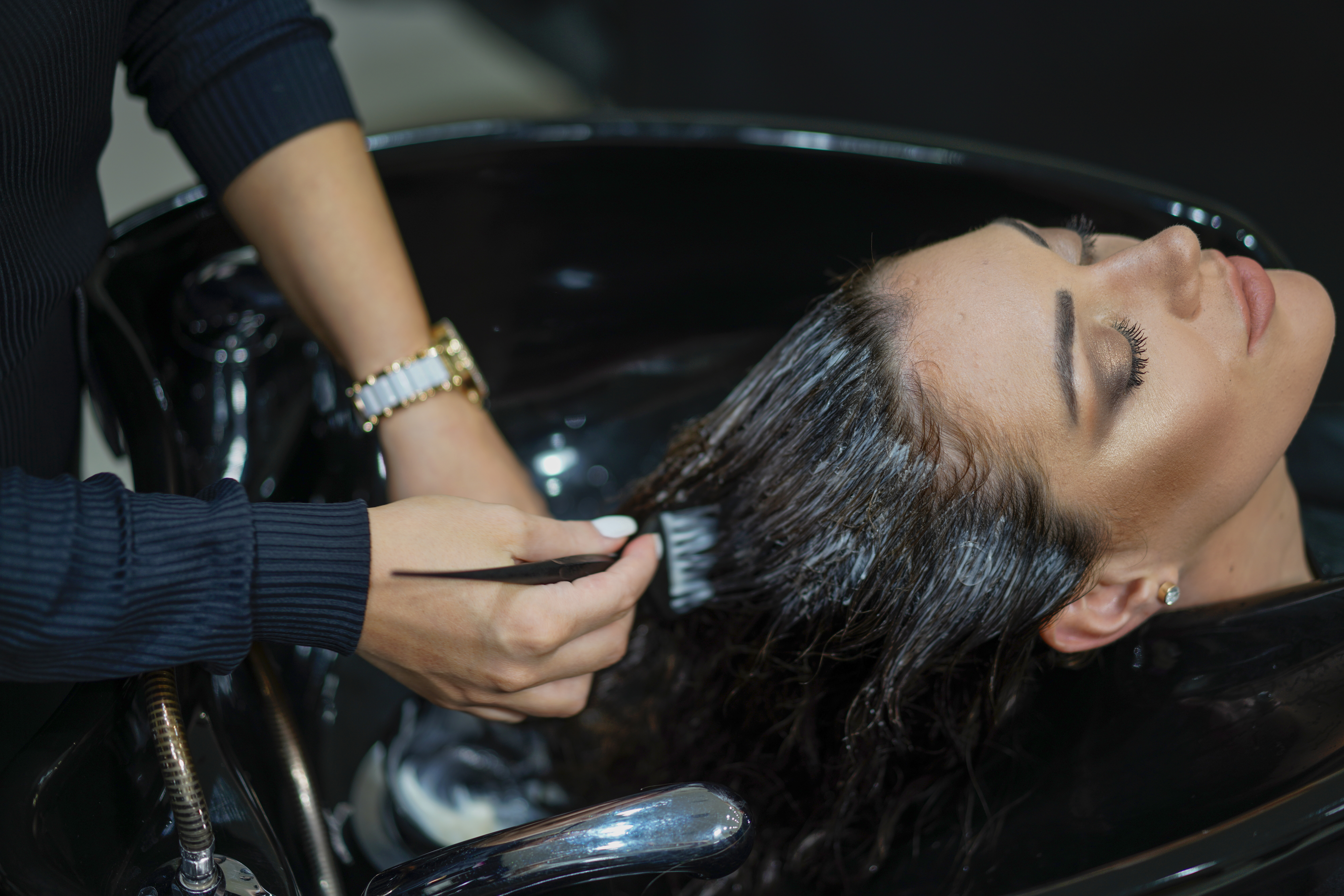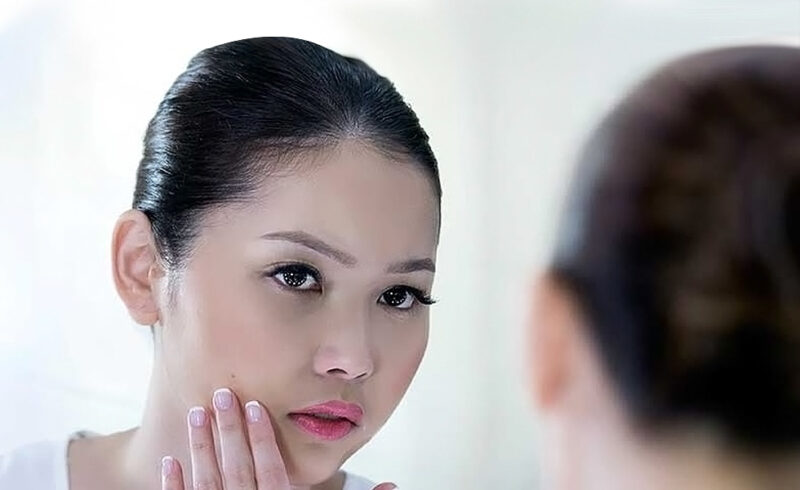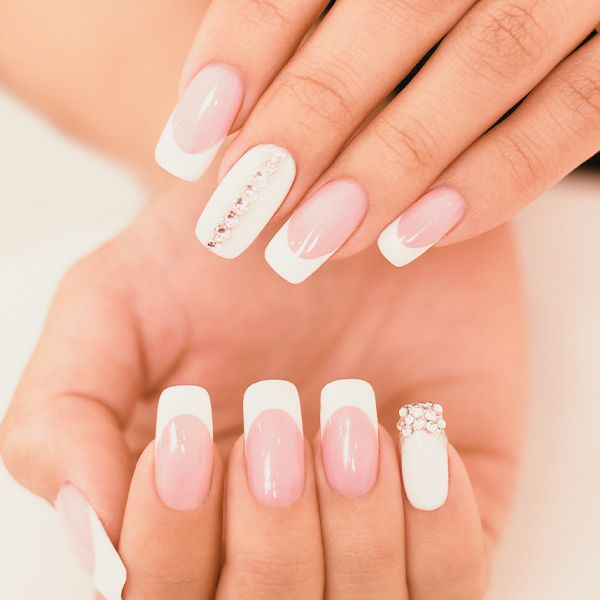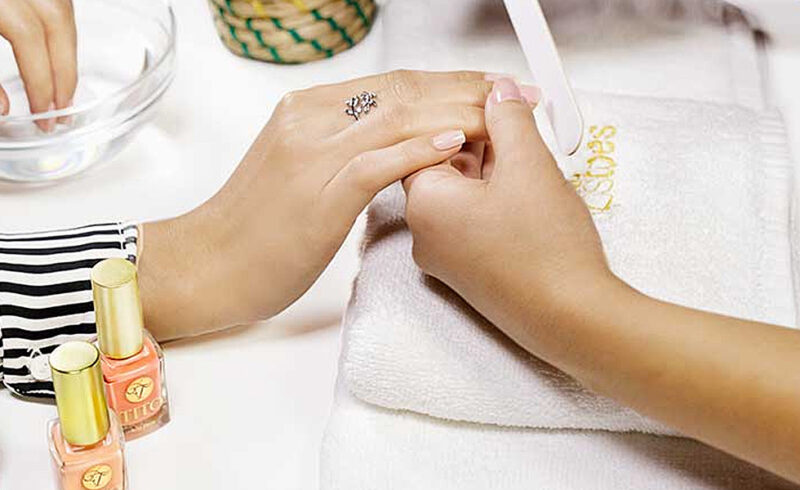Protein treatments have surged in popularity as a go-to solution for damaged, brittle, and weak hair. They promise to restore your hair’s natural structure, making it stronger, smoother, and shinier. These treatments work by filling in gaps in your hair strands with proteins such as keratin, collagen, and silk proteins. However, while the benefits can be tempting, there are also potential risks involved. If you’re thinking of undergoing a protein treatment, it’s crucial to understand the protein treatment for hair side effects to make an informed decision.
In this article, we will explore the most common side effects of protein treatments, how to minimize those risks, and help you decide if the benefits are worth it for your specific hair type and needs. By the end of this guide, you’ll have all the essential information to help you take the best care of your hair.
What Is Protein Treatment for Hair?
A protein treatment for hair is a treatment designed to repair damaged hair by applying products rich in proteins directly onto the hair strands. These proteins, primarily keratin and collagen, help strengthen the hair by penetrating the hair shaft and filling the gaps caused by damage from heat styling, chemical treatments, and environmental exposure. The result is hair that is stronger, shinier, and more resilient.
The two most popular types of protein treatments are:
- Keratin Treatment: Focuses on smoothing frizz and enhancing hair shine. It’s ideal for people with unruly, frizzy hair.
- Cysteine Treatment: A more gentle treatment that repairs damaged hair without significantly altering its natural texture, making it a suitable option for those seeking nourishment rather than straightening.
While these treatments can significantly improve hair health, it’s important to understand that they also come with potential protein treatment for hair side effects.
Protein Treatment for Hair Side Effects
Although protein treatments offer numerous benefits, they can also come with drawbacks, especially when overused or applied improperly. Here are the most common protein treatment for hair side effects you should be aware of before proceeding.
1. Protein Overload
One of the most common Protein treatment for hair side effects is protein overload. This happens when too much protein is applied to the hair without balancing it with moisture. As a result, the hair becomes stiff, dry, and prone to breakage. Here are some signs that you may be suffering from protein overload:
- Hair feels stiff, dry, or straw-like
- Increased shedding and breakage
- Loss of natural bounce and flexibility
When your hair has too much protein, it loses its ability to stretch and bend without breaking. The key to avoiding protein overload is to always balance protein treatments with moisturizing conditioners.
2. Dryness and Brittle Hair
While protein treatments are designed to repair damaged hair, they can sometimes lead to dryness and brittle hair if not paired with the right moisturizing products. Protein strengthens the hair, but too much can make the hair overly hard and rigid, which leads to breakage. Over time, this can cause the ends of your hair to snap easily, especially if your hair is already damaged or prone to dryness.
It’s important to follow up a protein treatment with hydrating hair masks or leave-in conditioners to restore moisture and elasticity.
3. Hair Breakage
When used excessively, protein treatments can make the hair more prone to breakage instead of strengthening it. This happens because proteins make the hair less flexible, and too much protein buildup can cause the hair to become fragile and snap under stress. For example, when brushing or heat-styling, hair that has been overloaded with protein may break easily.
To prevent breakage, always space out protein treatments, allowing your hair to recover and rehydrate in between sessions.
4. Allergic Reactions
Certain protein treatments, especially those containing formaldehyde or other harsh chemicals, can cause allergic reactions in some people. These reactions can include symptoms such as:
- Itchy or burning scalp
- Redness, rashes, or irritation
- Nausea or headaches from inhaling fumes during the treatment
If you have sensitive skin or have reacted to hair treatments in the past, be sure to do a patch test before proceeding with a full protein treatment. It’s also wise to check the ingredients in the treatment and consult with a professional about any potential risks.
5. Scalp Sensitivity
Some individuals may experience scalp sensitivity following a protein treatment. The chemicals used in the treatment can strip the scalp of its natural oils, leading to dryness, flakiness, and irritation. In severe cases, protein treatments can cause minor burns or scabs on the scalp due to the harsh nature of the chemicals involved.
For those with sensitive scalps, it’s essential to consult a professional before undergoing a protein treatment and ensure that the product being used is suitable for your scalp type.
6. Frizz and Texture Change
Protein treatments are often aimed at smoothing and taming hair, but in some cases, they can have the opposite effect. Some users report increased frizz or changes in texture following a treatment. This is more likely to happen if the treatment is not suited to your specific hair type or if it is applied incorrectly.
If your hair becomes frizzier or changes texture unexpectedly, it could be due to an imbalance between protein and moisture. Make sure to follow up with a deep moisturizing routine to help your hair regain its softness and smoothness.
7. Weakened Colored Hair
For those who have coloured or chemically treated hair, protein treatments can sometimes interact with the dye, causing the colour to fade or change. Additionally, the chemicals used in protein treatments can weaken already fragile strands, making them more susceptible to damage and breakage. If you’ve recently dyed your hair, it’s advisable to wait before applying a protein treatment, or at least consult with your stylist about the best course of action.
8. Hair Thinning
Overuse of protein treatments, especially without incorporating sufficient moisture, can lead to hair thinning over time. When too much protein builds up on the hair, it becomes weighed down, causing the hair to lose volume and look thin. In more severe cases, the excess weight and lack of flexibility can lead to hair loss.
To prevent thinning, always monitor how often you’re applying protein treatments and ensure you’re maintaining a proper balance of moisture.
How to Minimize Protein Treatment for Hair Side Effects
If you want to enjoy the benefits of protein treatment for hair while minimizing the potential protein treatment for hair side effects, follow these tips:
- Choose the Right Product: Select protein treatments with natural or gentler ingredients, avoiding harsh chemicals like formaldehyde that may cause allergic reactions or scalp sensitivity.
- Balance Protein with Moisture: Always follow up a protein treatment with a deep conditioning mask or leave-in conditioner to restore moisture to your hair and prevent it from becoming dry or brittle.
- Limit Frequency: Overloading your hair with protein can do more harm than good. Use protein treatments sparingly—typically once every 4-6 weeks is enough for most hair types.
- Consult a Professional: Before opting for any protein treatment for hair, consult with a hair care professional to assess your hair’s condition. This ensures you get the most appropriate treatment for your hair type.
Are the Benefits Worth the Risk?
Protein treatments can be incredibly beneficial, especially for individuals with damaged, weak, or chemically treated hair. They help strengthen the hair, improve elasticity, and reduce breakage. However, the potential protein treatment for hair side effects make it essential to evaluate whether these treatments are right for your hair type.
For those dealing with significant hair damage, the advantages can be well worth it, especially when the treatment is administered properly. However, for individuals with healthier hair, frequent protein treatments may cause more harm than good. Make sure to assess your hair’s actual needs before committing to regular protein treatments.
Professional vs. DIY Protein Treatments
If you’re considering a protein treatment for hair, you have two main options: professional treatments at a salon or DIY treatments at home. Let’s look at the pros and cons of each.
Professional Treatments:
- Pros: Offer more dramatic results, typically last longer, and are tailored to your specific hair type by an expert stylist.
- Cons: Can involve stronger chemicals, increasing the risk of side effects such as scalp irritation or allergic reactions. They also tend to be more expensive.
DIY Treatments:
- Pros: Milder and safer, often made with natural ingredients like eggs, yogurt, and avocado. These treatments can be done more frequently with fewer risks.
- Cons: Results may not be as long-lasting or effective as salon treatments.
Ready for a Professional Protein Treatment?
At Tips and Toes, we offer a range of hair care solutions, including professional protein treatments at our best hair salon in Dubai. If you’re also looking for a relaxing massage in Dubai or high-quality eyelash extensions in Dubai, our expert stylists and therapists are ready to provide top-tier services tailored to your needs.
Note: Read Our Latest Blogs:
Rosemary Water for Hair | How to Remove Gel Nail Polish at Home | Hair Keratin Treatment | Deep Tissue Massage | What is Grooming | Makeup Remover | Makeup Kit Box | Makeup Remover Wipes | Best Makeup Brands
Frequently Asked Questions
Q1. What happens if you use too much protein on your hair?
Using too much protein on your hair can cause it to become stiff, dry, and prone to breakage, a condition known as protein overload.
Q2. How often should I get a protein treatment for hair?
For moderately damaged hair, it’s best to get a protein treatment once every 4-6 weeks to avoid protein buildup and side effects.
Q3. Can protein treatments cause hair loss?
Yes, overuse of protein treatments without enough moisturizing products can lead to hair thinning and shedding.
Q4. Are protein treatments safe for coloured hair?
Protein treatments can sometimes interact with hair dye, causing it to fade or change colour. Consult with your stylist before undergoing a protein treatment if your hair is coloured.
Q5. Can I do a protein treatment at home?
Yes, DIY protein treatments using natural ingredients are a safer alternative to professional treatments and can be done at home.
Q6. What’s the best way to prevent protein treatment for hair side effects?
Balancing protein treatments with deep moisturizing products and limiting the frequency of treatments are the best ways to prevent side effects.
Q7. Can protein treatments make curly hair frizzy?
In some cases, protein treatments can alter the texture of curly hair, leading to unexpected frizz. Make sure to follow up with a deep conditioner to minimize this effect.
Q8. How long do the effects of a protein treatment last?
Salon treatments usually last 4-6 weeks, depending on your hair type and maintenance routine.
 KSA
KSA





